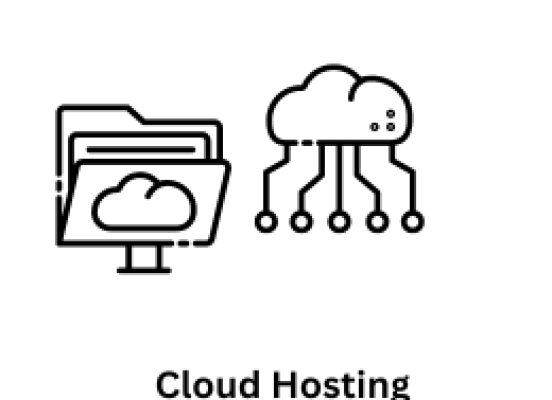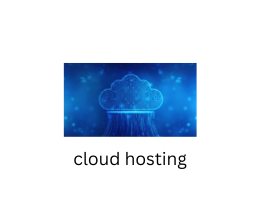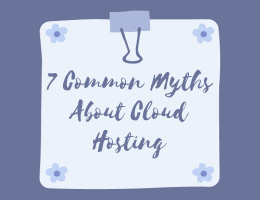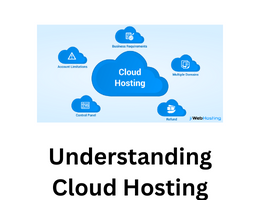
Understanding the Cost Factors of Cloud Hosting: Pricing Models and Cost Optimization Strategies
- By admin --
- Wednesday, 31 May, 2023
Introduction:
Cloud hosting offers numerous benefits, including scalability, flexibility, and reduced infrastructure costs. However, understanding the cost factors and optimizing expenses is crucial to make the most of cloud hosting services. In this article, we will explore the pricing models of cloud hosting providers and discuss effective cost optimization strategies.
- Pricing Models of Cloud Hosting:
a. Pay-as-You-Go: The pay-as-you-go model, also known as consumption-based pricing, allows users to pay for the resources they use. This model offers flexibility and cost control as users are charged based on the actual usage of CPU, storage, bandwidth, and other resources.
b. Reserved Instances: Cloud providers offer reserved instances that allow users to reserve resources for an extended period. By committing to a longer-term contract, users can benefit from significant cost savings compared to the pay-as-you-go model. Reserved instances are suitable for stable workloads or predictable resource requirements.
c. Spot Instances: Spot instances enable users to bid for unused cloud resources. This pricing model can result in substantial cost savings, but there is a risk of instances being reclaimed by the cloud provider if the demand for resources increases. Spot instances are ideal for non-critical workloads or applications with flexible timeframes.
d. Dedicated Hosting: Dedicated hosting provides exclusive access to physical servers, offering better performance and security but at a higher cost. This model is suitable for businesses with stringent compliance requirements or high-performance computing needs.
- Cost Optimization Strategies:
a. Right-Sizing Resources: One of the most effective ways to optimize costs in cloud hosting is to right-size resources. By regularly monitoring and analyzing resource usage, businesses can identify over-provisioned or underutilized instances and make adjustments accordingly. Rightsizing ensures that you pay for what you need and avoid unnecessary expenses.
b. Resource Tagging and Allocation: Cloud providers offer resource tagging capabilities, allowing users to categorize resources based on their purpose, department, or project. By effectively tagging resources, businesses gain better visibility into cost allocation and can allocate expenses accurately across different teams or projects.
c. Auto-Scaling: Implementing auto-scaling mechanisms ensures that resources automatically adjust based on demand. This proactive approach helps in optimizing costs by scaling up or down resources dynamically, ensuring efficient resource utilization while meeting workload requirements.
d. Storage Optimization: Cloud storage costs can accumulate quickly, especially for businesses with large amounts of data. Employing storage optimization techniques such as data compression, deduplication, and archiving can significantly reduce storage costs without compromising data accessibility or integrity.
e. Spot Instance Utilization: For non-critical workloads or applications with flexible timeframes, utilizing spot instances can lead to substantial cost savings. By leveraging spot instances during periods of low demand or when resources are available at lower prices, businesses can optimize costs without sacrificing performance.
f. Reserved Instance Planning: Strategic planning and analysis of workload patterns can help determine the optimal utilization of reserved instances. By matching the reserved instance purchase with workload requirements, businesses can maximize cost savings without overcommitting or underutilizing resources.
g. Geographical Considerations: Cloud providers offer different pricing for their services based on geographical regions. Evaluating pricing differences across regions and selecting the most cost-effective options can result in significant savings, especially for businesses with global operations or customers.
Conclusion:
Understanding the pricing models and implementing effective cost optimization strategies are crucial for businesses leveraging cloud hosting services. By adopting the right pricing model, regularly monitoring resource usage, and implementing optimization strategies such as right-sizing, resource tagging, and storage optimization, businesses can optimize costs while maximizing the benefits of cloud hosting. Cloud hosting offers scalability, flexibility, and cost-efficiency, but by taking a proactive approach to cost optimization, businesses can further enhance their cloud hosting experience.





